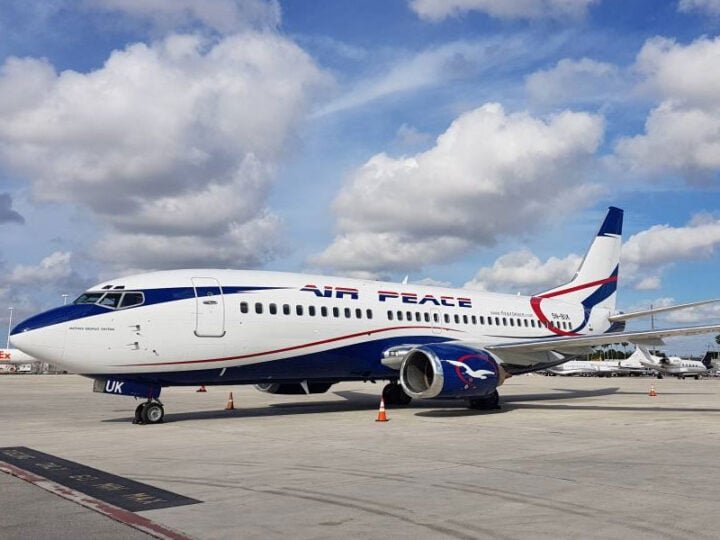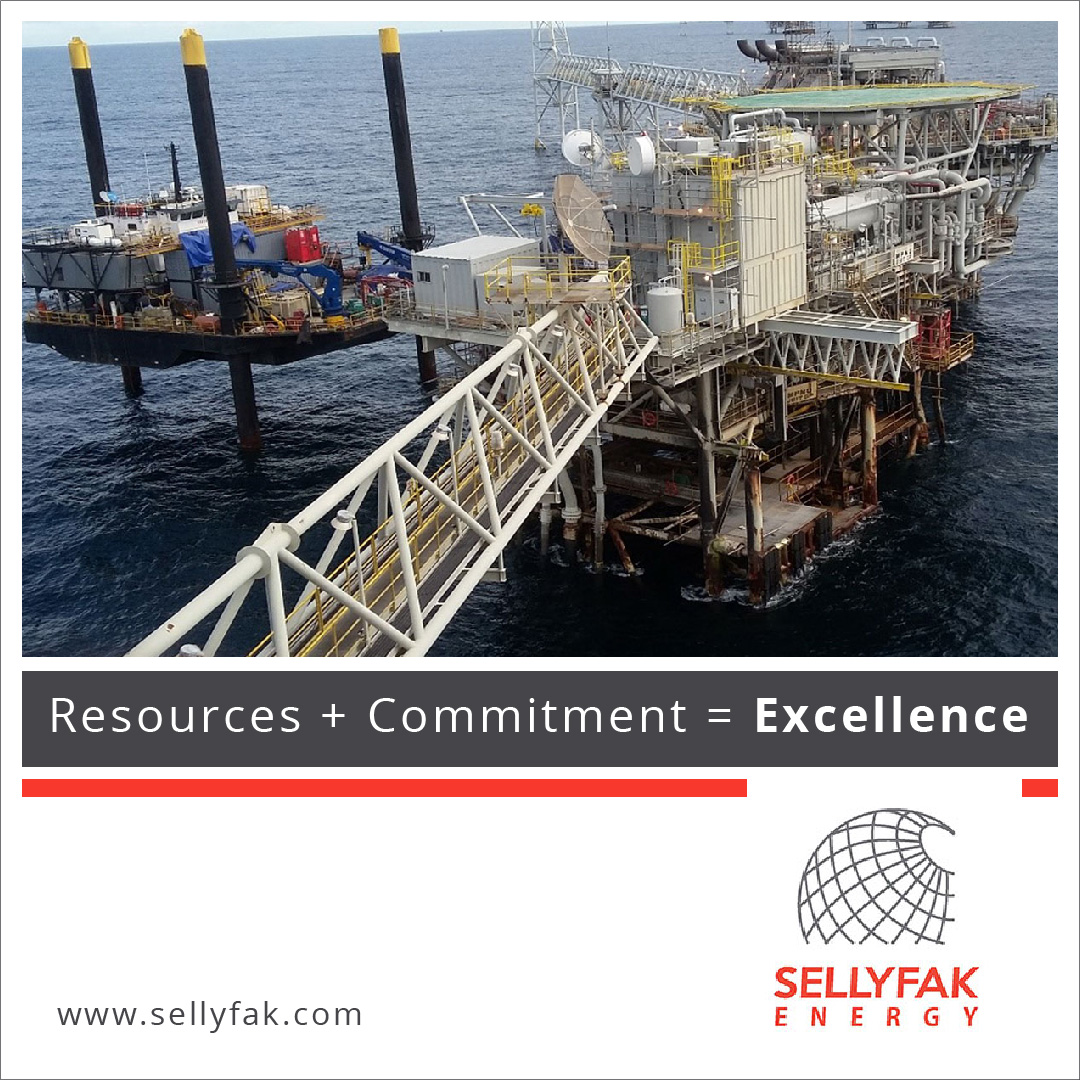Air Peace’s announcement of over 50,000 jobs creation through its new Maintenance, Repair, and Overhaul (MRO) facility has raised eyebrows across Africa’s aviation industry.
The West and Central Africa’s largest airline made this bold employment promise during the groundbreaking ceremony of what it calls “the biggest MRO facility in Africa” at Lagos’s Murtala Muhammed International Airport.
The scale of Air Peace’s job creation claims becomes particularly striking when compared to Ethiopian Airlines, Africa’s most successful carrier.
Ethiopian Airlines employs just 17,591 permanent staff and 24,758 total employees, including contractors, despite operating over 150 aircraft and maintaining a significantly more diversified business model than Air Peace.
MRO Facility Specifications Challenge Job Projections
The technical specifications of Air Peace’s MRO facility reveal a more modest scope than the employment numbers suggest.
The 32,000-square-meter facility includes a 6,200-square-meter hangar, 2,000-square-meter warehouse, 2,600-square-meter workshop, and 1,500-square-meter office block, with a 10,000-square-meter aircraft parking apron.
While Air Peace Chairman Dr. Allen Onyema emphasized that the facility can accommodate a Boeing 777 alongside five additional aircraft, this capacity pales in comparison to Ethiopian Airlines’ operations.
Ethiopian Airlines maintains over 150 active aircraft through its own MRO services while employing fewer than 25,000 people across all divisions, including passenger services, cargo logistics, training academies, and hospitality ventures.
Industry Benchmarking Reveals Reality
Ethiopian Airlines’ comprehensive business model offers a revealing benchmark for employment in African aviation.
The carrier operates passenger services across long-haul international, medium-range, and domestic routes while maintaining extensive cargo and logistics operations through dedicated freighter aircraft and e-commerce hub development.
Beyond core aviation services, Ethiopian Airlines diversifies into pilot training through its aviation academy, aerospace parts manufacturing, aircraft conversion services, in-flight catering, ground services, and hotel operations including the Ethiopian Skylight Hotel.
Despite this extensive portfolio spanning multiple industries, the airline’s total workforce remains well below Air Peace’s projected employment figures for a single MRO facility.
Air Peace’s economic justification centers on addressing Nigeria’s $180 billion annual spending on overseas maintenance and spare parts.
Dr. Onyema projected that the Lagos MRO would attract foreign investment from airlines across Africa, Europe, and the Americas bringing their aircraft to Nigeria for maintenance services.
The facility, backed by technical support from Brazilian aircraft manufacturer Embraer, aims to position Nigeria as a continental aviation hub while drastically reducing capital flight.
Aviation Minister Festus Keyamo described the project as a “national treasure” that would save billions in foreign exchange and create unprecedented opportunities.
Timeline and Implementation
Air Peace’s ambitious timeline projects that Nigeria will begin attracting foreign aviation investment within 24 months of the MRO facility’s completion.
The company’s track record includes nearly a decade of persistence, having purchased the Lagos site eight years ago before construction became feasible under President Bola Ahmed Tinubu’s administration.
Dr. Onyema’s vision extends beyond maintenance services to fostering “a new generation of engineers and technicians” while positioning the facility to surpass existing competitors in South Africa and Ethiopia.
The success of these employment projections will ultimately depend on the MRO facility’s ability to capture regional and international maintenance contracts at the scale required to support 50,000 direct and indirect positions.
Realistic Assessment
While Air Peace’s MRO facility represents a significant infrastructure investment in Nigeria’s aviation sector, the 50,000 job creation claim requires careful scrutiny against industry benchmarks.
Ethiopian Airlines’ success across multiple aviation sectors with fewer than 25,000 total employees suggests that Air Peace’s employment projections may exceed realistic expectations for a single facility operation.
The project’s true measure of success will likely come from its ability to reduce Nigeria’s maintenance costs, attract regional business, and create sustainable employment opportunities that align with actual market demand for MRO services across Africa.

